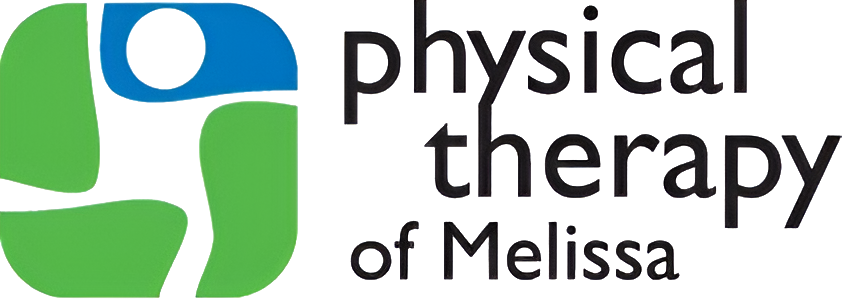
Avoid these five running mistakes during 5k season
You could be one of the millions of people who suffer from chronic pain. Whether you’re recovering from major surgery, dealing with the physical aftermath of an accident, or dealing with a long-term medical condition, pain can keep you from doing the things you enjoy.
Maybe you are considering more surgeries or strong medication to combat the pain. A physical therapist has many different treatment options to effectively manage pain. Physical therapy has a number of non-invasive and safe approaches for reducing or eliminating pain. To learn more about how physical therapy can help you live a pain-free and active life, contact our office today.
Different types of chronic pain-relieving therapy
Ultrasound
A physical therapist may use ultrasound to provide safe, effective pain-relief. Ultrasound is a method that delivers deep heat into the body’s soft tissues. There are several specific benefits of using this method. The primary benefit is that it improves circulation to tissues like ligaments, muscles, and tendons. This may help to speed up the healing process and reduce pain. Pain can be alleviated simply by raising the temperature of human tissues. The following injuries can be treated with ultrasound in physical therapy:
- Muscle Strains
- Frozen Shoulder
- Tendonitis
- Bursitis
- Manual Therapy
Instead of employing a machine or a particular instrument, manual therapy is a treatment a therapist will perform with their hands. These are more than just massage techniques. After a physical therapist conducts a thorough examination of your medical history and any present ailments, a physical therapy program incorporating manual treatment can be tailored to your unique needs. A physical therapist can treat the soft tissues of the body with a variety of manual procedures. The following are a few examples:
- Thrust Techniques – Using this method, a physical therapist will apply quick and repetitive pressure to a particular joint. These rapid movements in the correct place on the body can restore natural movement.
- Strain and Counterstrain – This is a physical therapy technique that is used to pinpoint tender points throughout the body. Once these are located, the physical therapist will position your body to shorten and relax the muscles involved. The primary purpose of this is to reduce muscle spasms.
- Soft Tissue Mobilization – Using mobilization techniques, a physical therapist would focus on the muscles and how they’re attached to various joints. This technique is used specifically for restoring movement and improving range of motion.
- Soft Tissue Massage – Massage done by a skilled physical therapist can loosen tight muscles, ease pressure around sore joints, and help eliminate a variety of painful conditions.
- Muscle Energy Techniques – This type of physical therapy method involves repositioning joints that are considered dysfunctional and then treating the muscles around that particular area.
Ice and Heat Therapy
Both ice and heat therapy can help to alleviate discomfort. A physical therapist will know which form of treatment, heat or cold, is best for the type of pain you’re having. Heat and ice both operate in various ways to help relieve pain.
Heat stimulates blood flow, allowing nutrients to reach various regions of the body more quickly. Cold, on the other hand, decreases blood flow and reduces inflammation and edema. Here are a few examples of how physical therapy employs heat to relieve pain:
- Heat therapy is often used for older or reoccurring injuries. It can reduce pain when a person is experiencing arthritis or stiff joints.
- Heating pads, wraps, and gel packs can be used to relieve chronic pain in the neck and lower back.
- Heat therapy is used for treating and reducing pain for muscle spasms.
There are also specific benefits for using ice therapy, also called cryotherapy, in physical therapy treatment:
- Icing can reduce pain in injuries such as ligament sprains in the ankles or knees.
- Ice therapy is often used for many types of muscle strains.
- Ice therapy is recommended for new injuries to immediately reduce swelling.
Exercise and Stretching
A physical therapist can create an exercise and stretching routine that suits your personal fitness level and helps relieve painful muscles and joints. Tight muscles can be the source of pain or make other painful conditions worse. Learning how to stretch in a safe and correct manner can alleviate stress and pain.
If you’re experiencing pain, the last thing you may feel like doing is exercising and stretching. The right type of exercising and stretching, however, can loosen muscles, reduce stiffness, and limit inflammation. Exercise can even release endorphins, which are the body’s natural painkillers.
Laser Therapy
Laser technology has advanced to the point that it can now deliver pain relief in a safe and non-invasive manner. A low-level laser produces a single wavelength of light. With this form of treatment, no vibration, sound, or even heat is produced.
Laser therapy can alleviate pain without any side effects, but it usually takes more than one treatment for a patient to realize substantial results. There are a few key facts about laser therapy that you should be aware of.
- It can be used for both chronic and acute conditions.
- Most treatments only last ten minutes or less.
- Laser therapy treatments can be customized for each individual.
To properly address the fundamental cause of your pain, a physical therapist may employ any of the above treatments, or a combination of them.
Ready to get back to being free from your chronic pain?
Physical therapy is an effective, non-invasive treatment option for a variety of ailments.
Whether you’re struggling with fibromyalgia, osteoarthritis, Rheumatoid arthritis, injuries from an accident, or chronic headaches, physical therapy may provide the answer you’re looking for.
Call our office to find out how a physical therapist can help you eliminate pain and reach your health and wellness goals!
